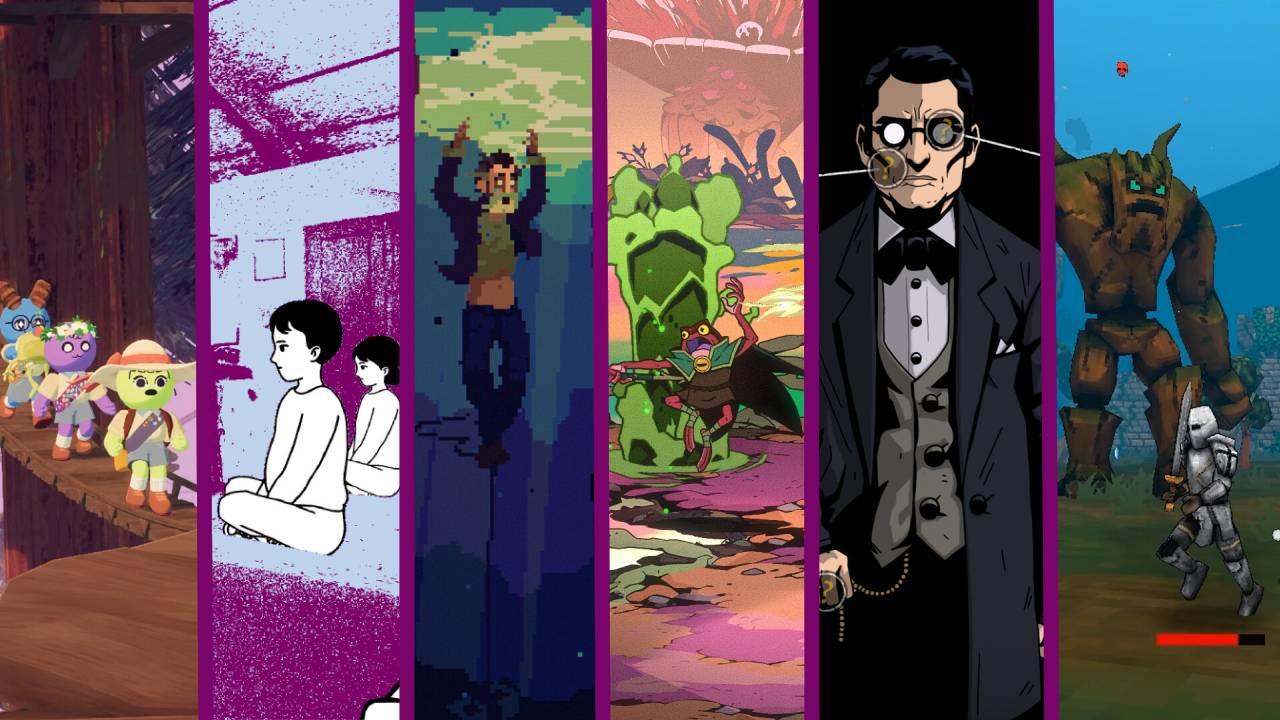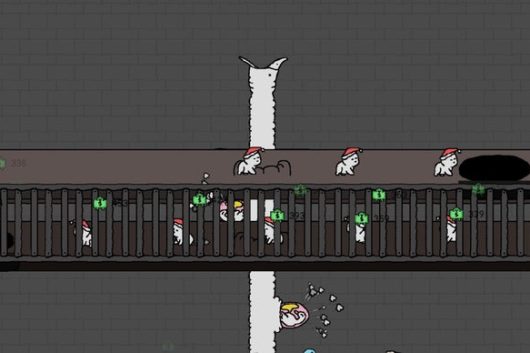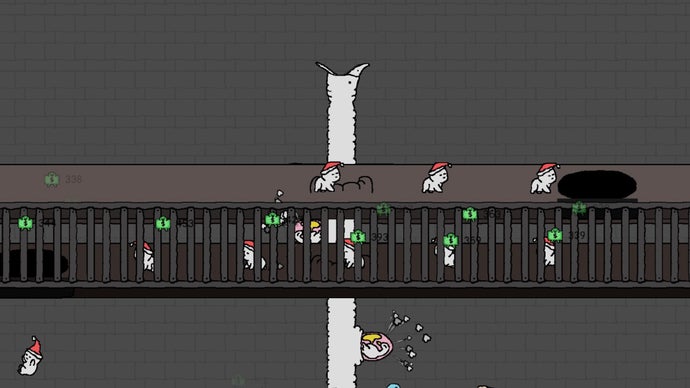11 Significantly Reduced Indie Games to Explore During This Year’s Steam Winter Sale
# The Exceptional Indie Gaming Scene of 2025
2025 has become a transformative year for indie gaming, featuring an eclectic mix of small-team, budget-friendly creations that have garnered significant attention. As the holiday season draws near, many of these inventive titles are being offered at reduced prices in Steam’s Winter Sale, providing an ideal opportunity for gamers to dive into the indie universe.
## A Year of Diversity
In contrast to past years, which were characterized by standout titles like last year’s *Balatro*, 2025 has delivered a diverse collection of games deserving of focus. This article showcases several prominent indie releases that have influenced the gaming realm this year, each available at appealing discounts.
### Ascending to New Peaks: *Peak*
A highlight in the climbing genre this year, *Peak* is best experienced in cooperative mode, where players ascend to new heights while facing the risk of unfortunate incidents that could spell disaster for the whole team. Earlier this year, the game even added a cannibalism mechanic, introducing an intriguing twist to the gameplay. Currently, *Peak* is offered at 38 percent off, retailing for just **$5**.
### Dreamlike Frights: *Eclipsium*
*Eclipsium* transforms the walking simulator genre, merging horror and surrealism in a visually breathtaking package. Its artistry is unparalleled in the gaming world, immersing players in its eerie environment. This distinctive experience is on sale for just **$10** after a 20 percent discount.
### Beat ‘Em Up Excellence: *Absolum*
*Absolum*, a roguelite beat ’em up title, has received praise for its lively gameplay and compelling combat systems. Developed by the same creators as *Streets of Rage 4*, *Absolum* has already made an impact this year, even as it vies for accolades against other titles. Players can now enjoy it at a reduced cost of **$20**, following a 20 percent cut.
### Mystery and Intrigue: *Megabonk*
The mysterious developer Vedinad, believed to be a reworked alias of a recognizable figure, has launched *Megabonk*, an enchanting 3D reinterpretation of *Vampire Survivors*. Despite the developer’s enigmatic persona, the game is captivating and addictive, now available for **$7.49** after a 25 percent discount.
### Revealing Legends: *Urban Myth Dissolution Center*
This pixel horror visual novel, *Urban Myth Dissolution Center*, tasks players with investigating and debunking urban legends through paranormal cases. With a 15 percent discount, you can delve into its fascinating story for only **$15**.
### Paranormal Investigations: *The Séance of Blake Manor*
Set in the 19th century, this supernatural detective game immerses players in a compelling storyline regarding the vanish of Evelyn Deane. Even though it has been recently launched, the game’s intriguing plot has already established it as an essential title this year, available now for **$15** with a 25 percent markdown.
### Explosives and Puzzles: *Öoo*
*Öoo* provides a clever puzzle platform experience, where players devise strategies using bombs to traverse an engaging realm. Its inventive design has secured it a spot among this year’s favorites, with a current price of **$8**, reflecting a 20 percent discount.
### A Touching Adventure: *The Drifter*
A gripping story unfolds in *The Drifter*, an exceptional point-and-click adventure that examines themes of loss and return against the backdrop of a quaint Australian town. The game, which has been positively received despite its colorful conclusion, is now priced at **$17** with a 15 percent discount.
### Temporal Journeys and Schemes: *Old Skies*
Crafted by the creators at Wadjet Eye, *Old Skies* invites players on a narrative-driven excursion through time, unraveling the interconnected tales of various characters. With a captivating concept and rich storytelling, the game is now available for **$16** after a 20 percent discount.
### A Touching Journey: *Passion in Quito*
This uniquely poignant game encapsulates the spirit of soccer as experienced by a young boy in Quito, Ecuador, in 2001. It offers a touching narrative that resonates, now offered for under **$10** following a generous 35 percent discount.
### Minimalist Delight: *Time Flies*
From the creative genius of Playables’ Mario von Rickenbach, *Time Flies* delivers a charming yet profound interactive experience, in which players control a fly striving to fulfill a bucket list before its life ends. The game is currently available at a 35 percent discount, reducing the price to **$10**.
## Conclusion
2025 has demonstrated to be an exceptional year for indie games, with creativity blooming and innovative experiences engaging players. This varied selection highlights the skill and creativity found within the indie scene, especially as numerous titles are offered at appealing discounts during the festive season.


















